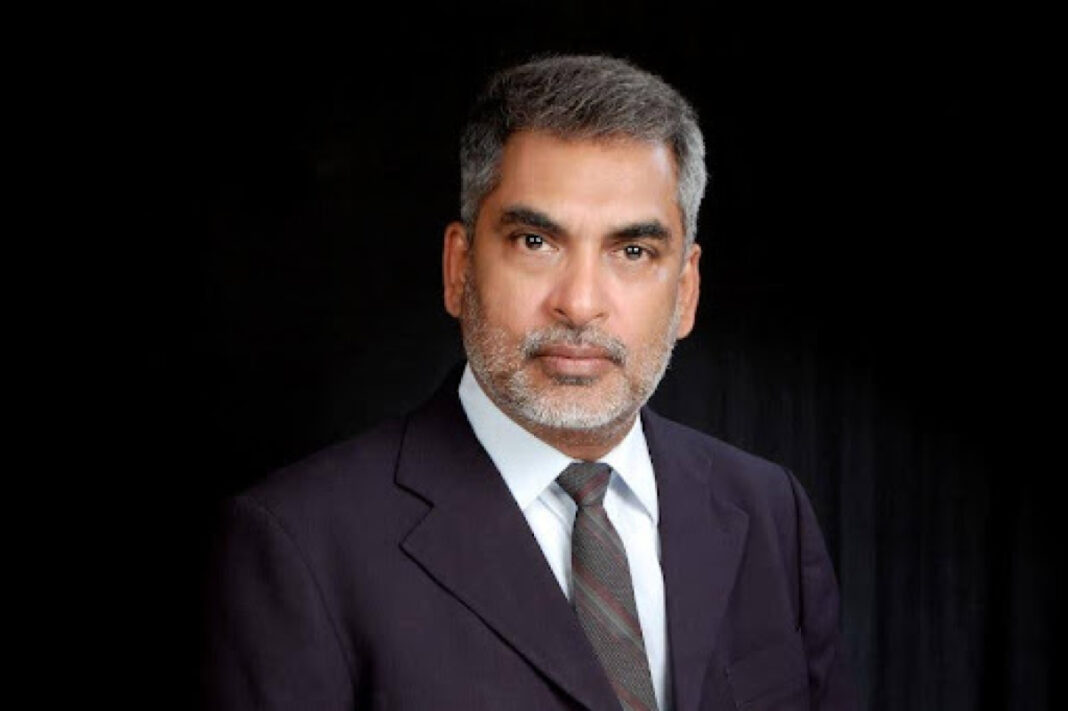What is Sterling’s mission and vision in the engineering consulting industry?
Building design processes today largely depend on state-of-the-art software and the use of multiple components and accessories that form the whole system of construction while adhering to the codes and standards and at the same time producing the most economical engineered building systems. We strive to be at the forefront of technology in designing structures, incorporating modern tools and technologies and designing good-looking, efficient structures. We pride ourselves on being engineering leaders in the industry for highly appropriate structural solutions.
In today’s world, what trends do you see in the engineering industry?
The use of technology has enabled advanced and complex structures. The speed of construction has increased, coupled with economising the structure. Bigger and better structures are coming up not just in infrastructure but also in other sectors. Technology is enabling huge volumes with faster construction. Intelligent software packages, interoperability among software, and easy transportability of huge amounts of data have enabled structural engineers to meet the toughest challenges posed by equally software-dependent architecture that could be complex and organic. I foresee similar developments in the actual fabrication, assembly and erection of structural elements using robotic techniques and AI-based methodologies in construction. All these will soon be a norm in a country like ours where the pace of development and the thresholds of quality in project delivery are scaling up.
How does Sterling adapt to these changes and stay ahead of the curve?
We are adopting advanced technologies and are looking into AI-based homegrown software development in the near future. Not just that, we are adopting sustainable structural designs.
Sustainable development is a critical aspect. How do you balance structural performance vis-a-vis sustainability goals?
Sustainability is a key focus for us. It is critical to balance structural safety with the current and upcoming Indian codes which are becoming increasingly stringent, leading to heavier design. It is a delicate balance to optimise the structural design to reduce the carbon footprint and lifecycle cost. Our efforts are geared towards optimising the structure and maintaining safety.
How equipped are we, as a nation, in terms of the availability of steel sections to create complex steel structure designs?
Unfortunately, we do not have as many steel sections being produced in India. We still resort to importing some sections.
The existing steel manufacturers can easily invest in rolling, extrusion and extraction mills in economically aggressive India. Their investment will certainly repay them handsomely with the kind of projects coming our way. There is a requirement for a series of cross-sections of steel elements closely spaced in terms of their dimensional properties. I do not advocate importing steel sections every time since we want to optimise the structures for the lack of availability of similar sections in India. There may be a gestation period for consumption of the section series until there is an awareness that we, too, are producing these sections at home. The cycle of demand and supply will hold root once our manufacturers take this leap of faith with a calculated risk for the first time.
Fire protection is a huge mandate as far as steel is concerned. What are your thoughts on this scenario in India?
There is little awareness about fire protection in not just steel buildings but also concrete buildings. If there is awareness, there is also a lack of will on the part of the owners and developers to make their structures fire-safe. More stringent regulations will help. More awareness by way of case studies will induce people to look at fire safety more seriously.
What are the various factors that control project costs and optimise the usage of steel?
Steel is factory-made and the fabrication process is also done in remote factories, so transportation is an important factor in project cost. The method of production, erection procedure and sourcing of the material also add up. The designers have to optimise from every angle. In some cases, importing the material is more economical than procuring it indigenously.
The availability of a series of sections in one broad external dimensional group with closely spaced sectional properties, and the availability of various grades of steel are a couple of optimisation ideas in design. Better infrastructure such as roads, internal waterways, cheap cargo flights from the manufacturer’s plants, fuel-efficient and well-maintained transportation vehicles with varying transportation volume capacities, and heavy-duty cranes for loading and unloading will go a long way in reducing the cost of movement of material from the origin to the site of construction. Along with this, construction techniques that involve the erection of pre-assembled large parts, modular construction ideas, large capacity cranes, automated in-situ welding and riveting/bolting procedures will help avoid undue costlier construction processes.
How has been the growth of steel in infra projects in the past decade in India? How do you anticipate the coming decade to be?
The coming decade will present a lot of opportunities and professionals have to capitalise on the infra boom. There will be a tremendous volume of construction and will present numerous employment opportunities.
I wonder if we are equipped to meet the surging demand in infrastructure development of the capacity to manufacture, fabricate, erect and deliver. Equally alarming is the lack of skilled manpower and appropriately trained engineering personnel who can handle the growth in infrastructure development. Quick steps have to be taken to train men and women to become appropriately employable in all sectors of the construction industry in large numbers. Steel construction is a highly skilled and specialised profession, there is a huge scope for the education pioneers to set up coaching institutes specially dedicated to training people in specific tasks and not impart generalised scientific and engineering fundamental knowledge. Trade-specific training is what is required at this stage.
What is your take on the current building codes and safety standards? Is there any scope for immediate amendments?
Codes are being amended for good and becoming more realistic while taking care of previously neglected design and construction. We used to resort to international standards wherever there was a gap but now those are being cemented. The codes tend to sustainability and durability placing the onus on designers to engineer with optimisation in mind.





